On the second stage of this year’s walk up through Jutland, I walk alone. I tend to make the decision about hiking at the least minute. That way I can be more certain of experiencing good weather. However, this makes it difficult to make plans with other people, who cannot always drop everything to go walking with me. 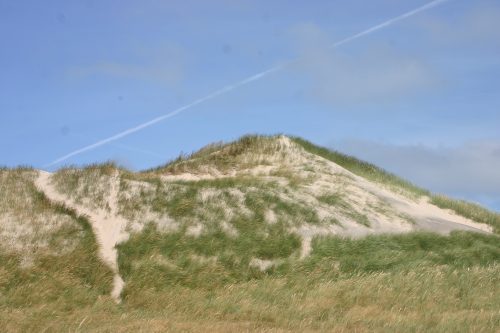
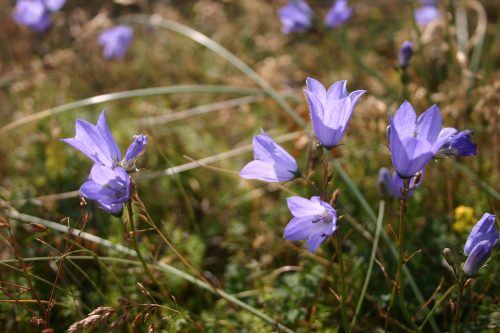
I start the journey in the beach resort Lønstrup. This is a town where I have memories. When I was a mere 17 years old, I worked at one of the town’s two hotels, one month as a lowly scullery maid and one month as a chambermaid. The less said about that job the better. The owner of the B&B I am staying at knows the woman who owned the hotel (she is now about 90 years old) and her two sons, so he brings me up to date on their activities and the fate of the hotel.
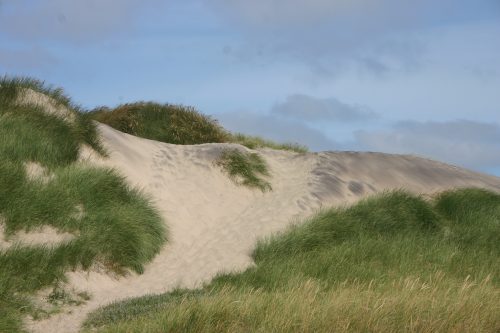
In those days, Lønstrup was a sleepy, peaceful and picturesque little fishing village, where a few German tourists came up in the summer. The local fishermen dragged their fishing boats up on the beach, the bunkers that the Germans built when they occupied Denmark during WWII dotted the coast, and the waves pounded the shore.
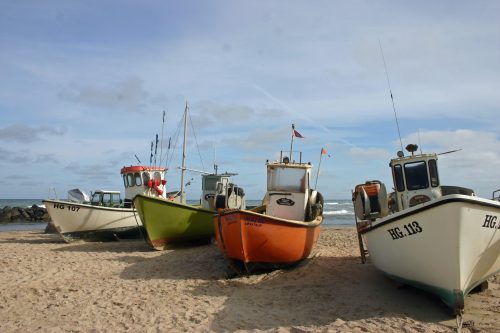

Things have changed somewhat. Now, as is the case with many other fishing villages on the Danish coast, Lønstrup is packed with tourists. There are restaurants, cafes, boutiques, artists and artisans, and accommodations of all sorts. Traffic jams the single main straight street that runs through town. Due to erosion, the German bunkers have moved down to the beach, and some of them are even partly submerged in the ocean.
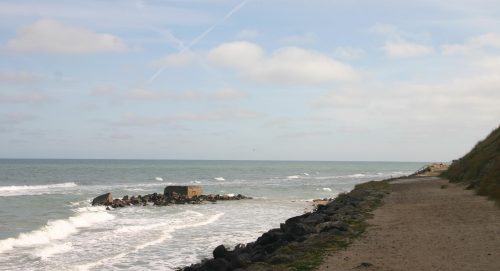
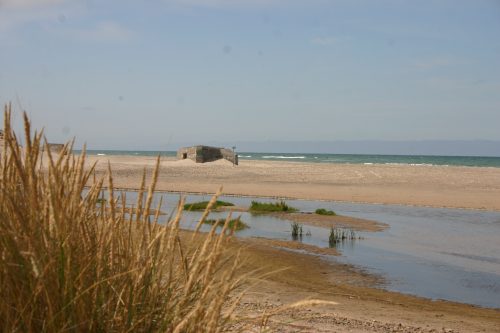
However, Lønstrup is still picturesque. The dunes are still fragrant with the scents of wild roses, beach grass and salty ocean air, seagulls still patrol overhead, looking for something to eat, and waves still crash onto the shore and will do so in all eternity. The colour palette incudes the blue and turquoise hues of the sky, sea and ponds and the different shades of brown, yellow and green of the sand and grasses.


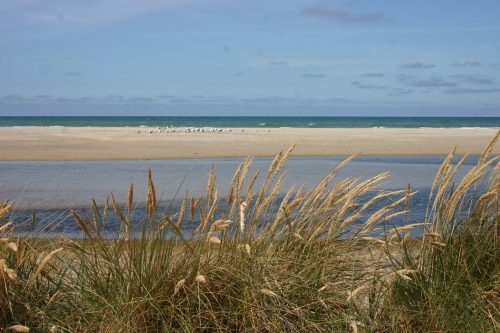
It is somewhat heartening to know that at least the waves are a part of nature that we cannot control, although humans do try, in order to protect summer cottages that lie too close to the edge of the dunes.
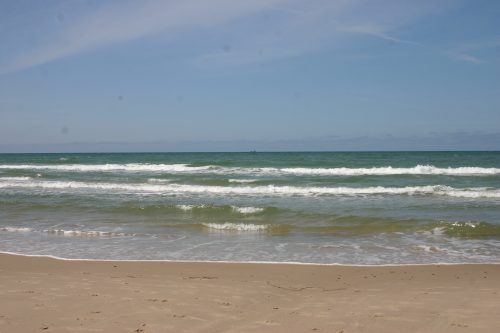
I trudge along for many peaceful hours, the wind and sun in my face. Much of the time, I skirt the coast and can see the sea; at other times, I am behind the dunes and walk through grassy areas filled with wildflowers or through woods where I am protected from the wind.
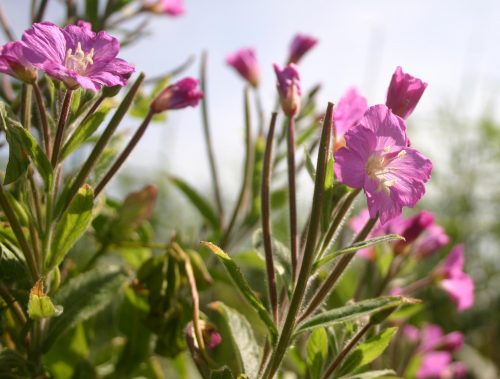

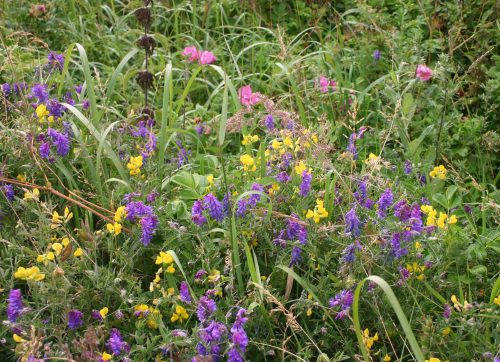
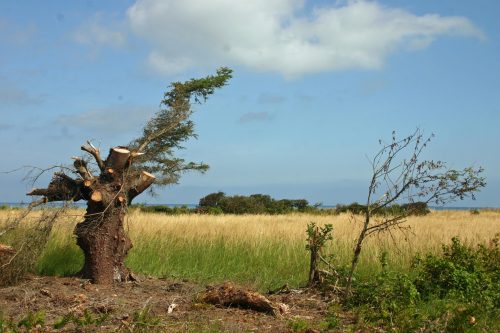

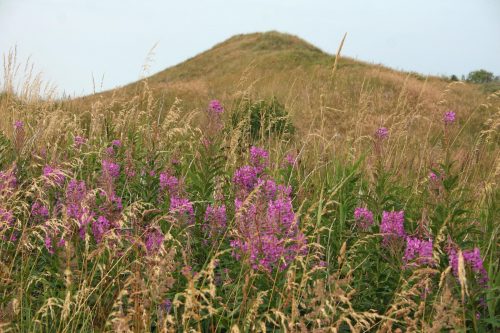
In Denmark, you are never more than 52 km from the coast. The coastline is 8754 km long – the world’s 17th longest. Hiking that would be a very long-term project!
The first day I walk 31 km and reach the town of Hirtshals, a busy commercial fishing harbour. Not the most interesting of towns, but it marks a milestone in that it is the official end of the Hærvejen. Following this route from the southernmost part of Jutland – where Denmark borders Germany – all the way up through Denmark’s mainland to the northerly town Hirtshals, I have covered almost 600 km on my “Grand Hike”.
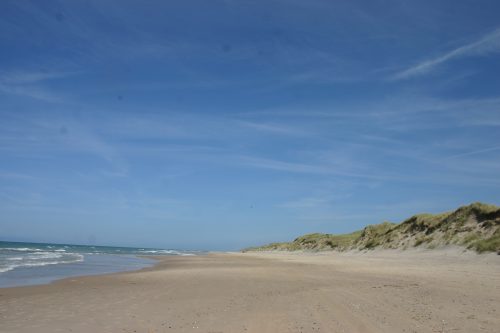
However, I am not quite finished yet. My intention is to keep going until I reach the very tip of Denmark at the most lovely spot called Skagen. So, on day two, I keep going for another 23 km and end up in a place called Tversted, where my car and a pair of sandals await – and that’s all, folks, for this year with regard to the hike. The rest of the summer will be given over to travelling abroad, so Skagen will have to wait until next year. It’s only about 35 km more but there will be lots to tell from this beautiful and interesting part of Denmark. Stay tuned!

